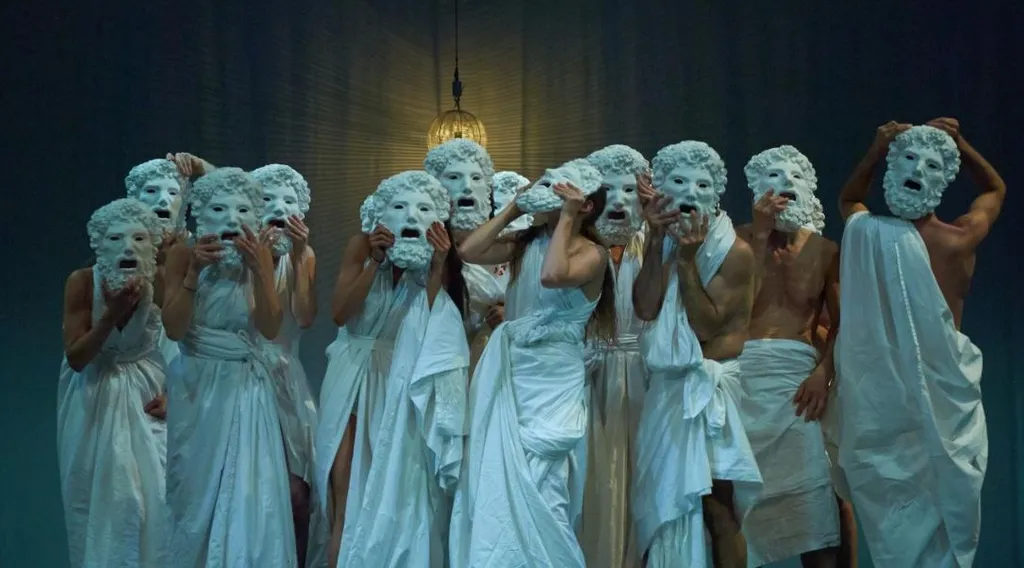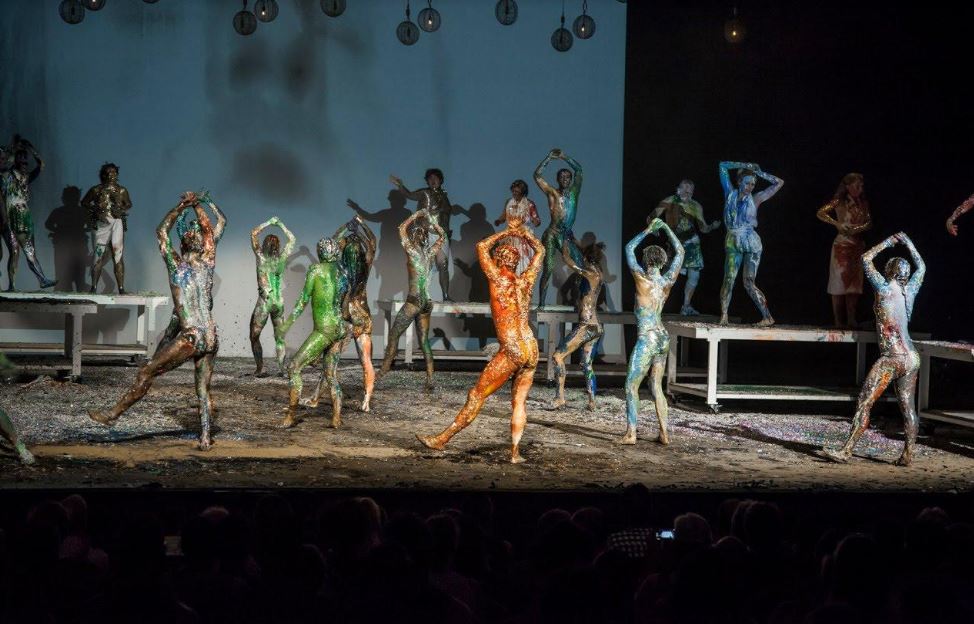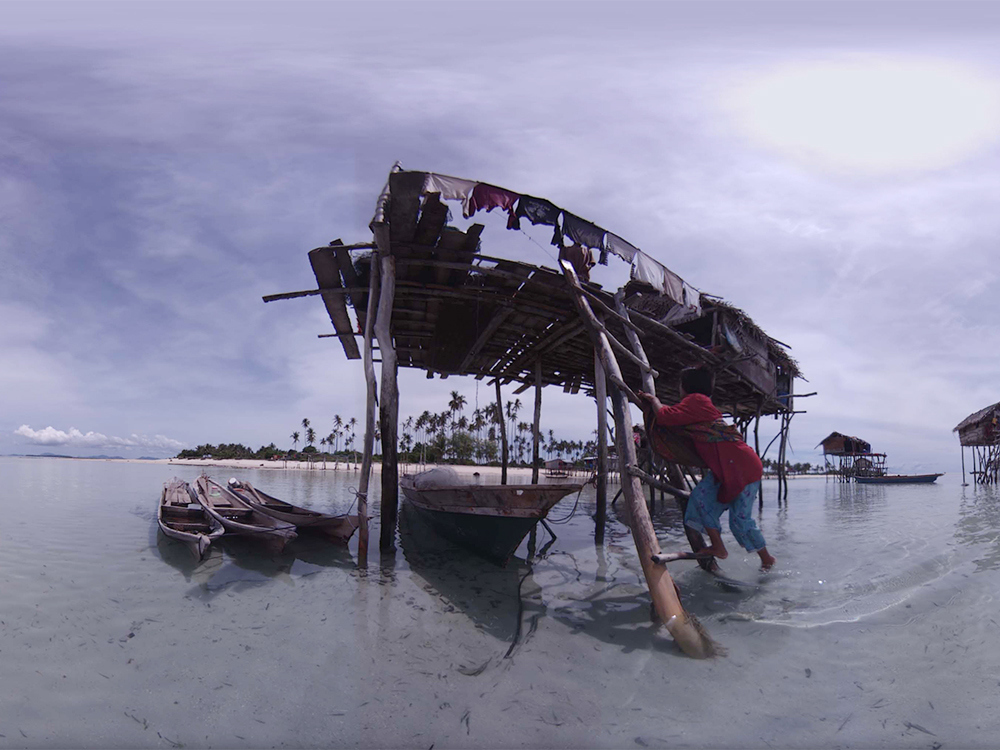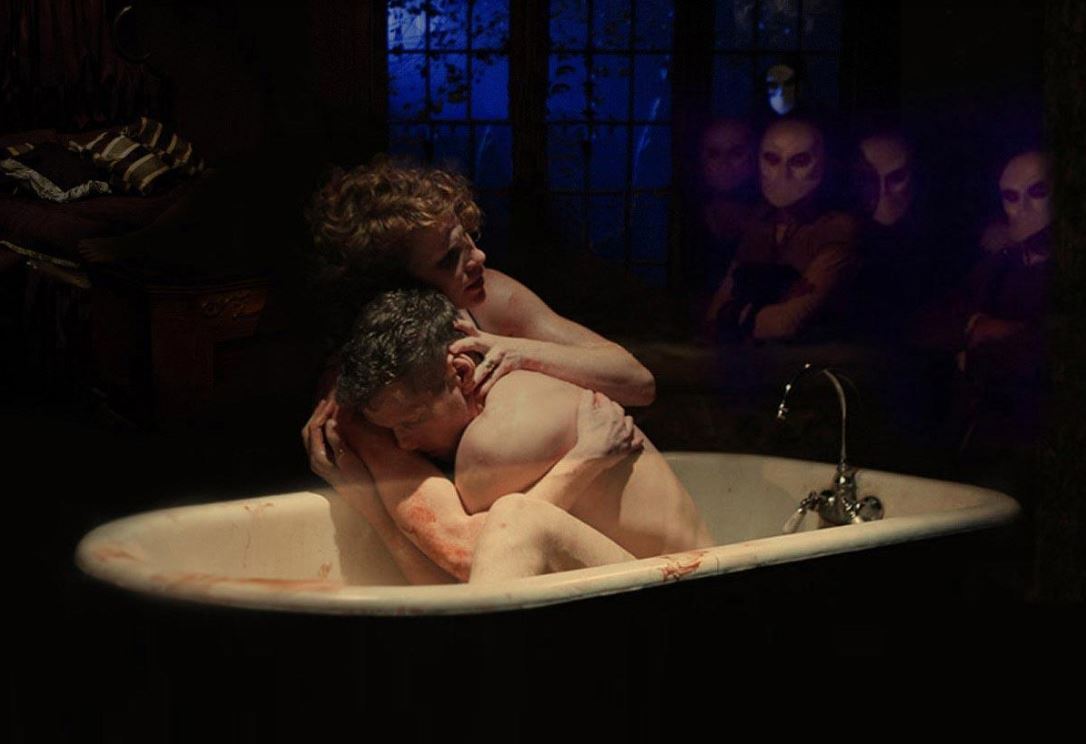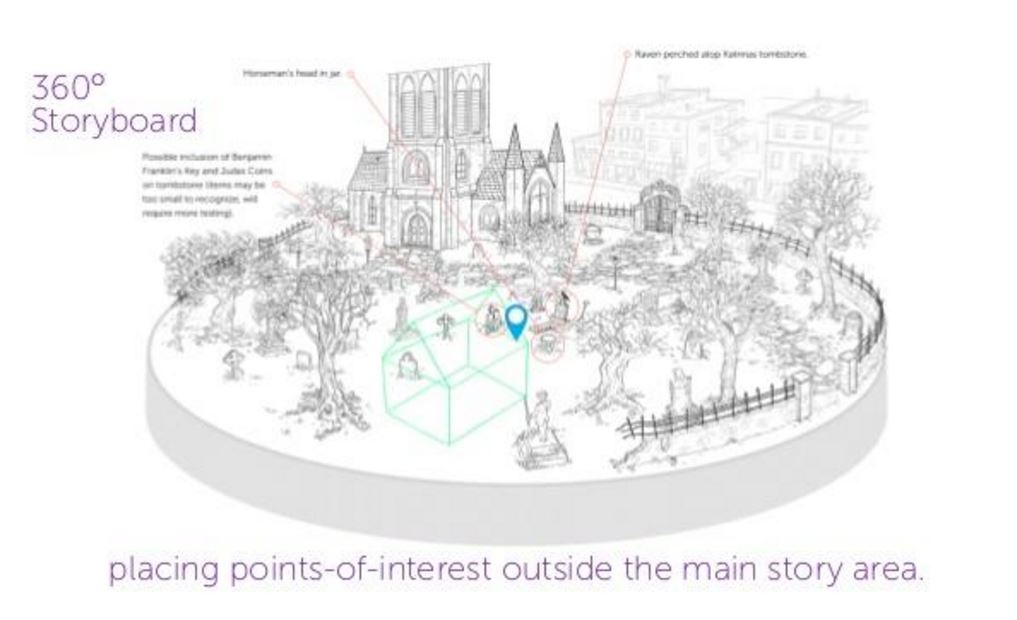As many classically trained filmmakers struggle to make the transition to virtual reality, they are given the advice to turn to the theater and use its approach not only regarding production, but also regarding storytelling. And there are good reasons for it.
Recently, I had the opportunity to see the play Mount Olympus: To Glorify the Cult of Tragedy at the Wiener Festwochen (Vienna Festival), which is an annual cultural festival that takes place each year for five to six weeks in May and June in Vienna, Austria. Mount Olympus was not only exceptional in delivery, execution, and art direction, but it also pushed the boundaries of the conventional theater format and storytelling. Instead of choosing one of the many Greek Tragedies, the director Jan Fabre opted to tell all in an impressive 24-hour stage production. Yes, you read it correctly, 24 hours. Even though the audience was allowed to come and go as they pleased, the goal was to transfer the physical exhaustion of the performers and the act of glorifying tragedy viscerally onto the theater-goer. And I think it succeeded at this brilliantly. But the reason I am writing about it today is that it also offered an opportunity for me to reflect on how theater and storytelling for theater is the closest existing structure storytellers can reference and work off when approaching storytelling for VR and 360-degree video.
Every Character is a Hero
As I was sitting in the audience, I was reminded about how theater calls for each character on stage to have a full storyline for the whole time they are on stage, since during a play the director cannot control where the audience will choose to look or which character they will decide to follow. Of course, the director can utilize such tools as sound or visuals to draw the audience to a particular point, which is also an instrument for use in VR and 360 Video. But even still, there is no guarantee if the audience will respond to these signals and that is what the director should prepare for. This goes as well for VR, which is so very different from film.
Read More: The Ultimate Beginner Guide to Virtual Reality Storytelling
In film where the director utilizes cuts to control what the audience sees and who it follows, the hero is often the only character who is given a full story arc. In some cases, a supporting character or two will also have their own arc to complete, but the other supporting roles only serve to push the main characters’ journey of discovery forward and to completion. But since it is different in VR and 360 Video, it is imperative that the writer lets go of the concept of the single hero or protagonist. Each character will need to be developed fully for the time they are on screen.
Take Your Time When Telling the Story
Aside from French Cinema, not one second is wasted or dallied with when it comes to film and the cinema. Each moment on-screen counts and is as precious as gold. But when it comes to theater, for the reasons mentioned above, it is the overall scene that matters, not each single moment. So what you will notice in theater is that its pace is much slower than that of film. This allows for the audience to look about the stage, catch up with the action and even follow it if they miss a beat.
Because even in theater there is a main storyline that the director wants his audience to experience. And if this is your goal in VR and 360 Video, then it is also important to adopt a slower pace for it as well. Slow down the unfolding of events and let each scene breath, then you can trust your audience to find their own story.
Trust Your Audience
And discovery is a vital component to keep in mind regarding storytelling for VR and 360 Video. It is actually the most important. VR and 360-degree video asks of us as storytellers and directors to allow our audience agency and participation. This is something classic theater does to a lesser degree, but experimental theater is built on. In Mount Olympus the audience was allowed to come and go at their own will, while in the New York experimental theater smash hit Sleep No More, another experimental theater experience to reference, which mimics VR and 360-degree video even more closely, the participant is left to roam, is sometimes pulled from room to room and from floor to floor in the reimagined building of the McKittrick Hotel to discover the classic story of Macbeth.
Both make the audience active participants in how they will experience the story, leaving each to walk away with an entirely unique experience. This is what we should strive for as VR content creators. But this asks of us to relinquish control and trust the audience to find their own story, which I understand is difficult for filmmakers since many of us have spent years harnessing the control freak within us because that is what is needed when it comes to movies.
The Audience is Not Only a Character, But Also a Co-Director
The beauty of allowing the participant to discover the story is that the experience will not only be utterly unique for each and every participant, but also for each and every time they partake. Making it something that we will want to enjoy over and over again. This applies maybe less so to 360 Video since it only offers one level of agency to look around in 360. Virtual Reality, however, permits for more active interaction because it utilizes things like game engines, which can enable spatial interaction and manipulation. Just like in Sleep No More where the 4th wall was completely torn down because the action moved from room to room, so also VR can we remove any barrier between the world of the experience and the user.
It is this which is one of the biggest promises of Virtual Reality, especially regarding monetization of this medium. Within my circle of friends some have gone to see Sleep No More not only twice, but multiple times, some as many as ten times, which is incredible since a single performance costs a hefty $100. This shows us that we have an audience ripe and hungering for unique and actively engaging experiences. This also means there is no better time for VR.
So approach each character as a hero and develop his her storyline thoroughly, take your time, trust your audience to find the story, and let them become active agents and co-directors of the story. If you do all this, then you will have successfully cracked storytelling for Virtual Reality and 360 Video. And as we expand into Augmented Reality (AR) these principles apply all the same.
—
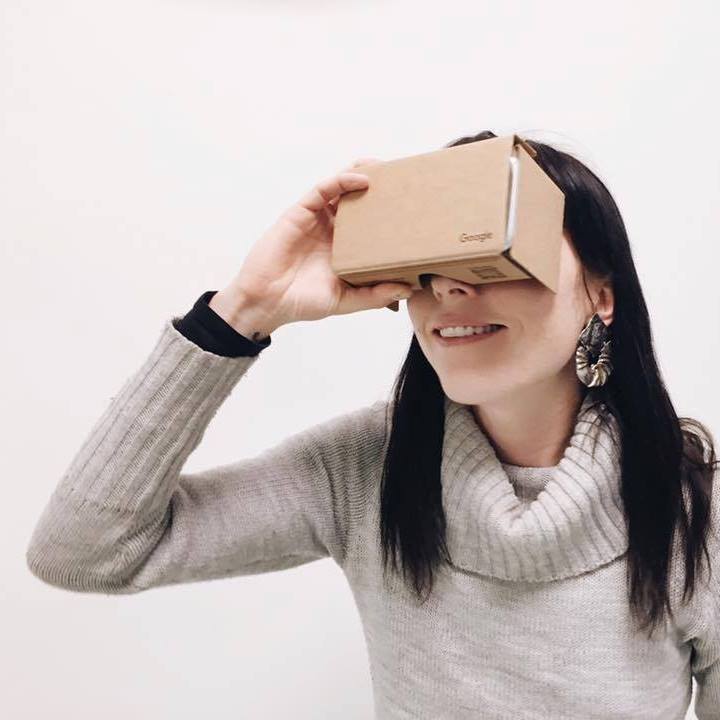 Article contributed by Skye Von. Skye is a director, writer and VR creator based in NYC. Starting in theater back in London many eons ago, she feels like she has come full circle to be telling story again in a 3-dimensional space. The potential she sees for VR is endless, and she can’t wait to take everyone to a place called the Metaverse. Currently she is working on the VR experience Falling Out of Love, which is reimagining the music video for the band Aloud. Skye was selected as the 2016’s IFP/Indiegogo Fellow at the NY Media Center for this very project with her team. She’s a member of Association of Women Directors (AWD), of New York Women in Film & Television (NYWIFT) and of Film Fatales. She once shared a Jeep from Timbuktu to the Sahara with Henry Rollins.
Article contributed by Skye Von. Skye is a director, writer and VR creator based in NYC. Starting in theater back in London many eons ago, she feels like she has come full circle to be telling story again in a 3-dimensional space. The potential she sees for VR is endless, and she can’t wait to take everyone to a place called the Metaverse. Currently she is working on the VR experience Falling Out of Love, which is reimagining the music video for the band Aloud. Skye was selected as the 2016’s IFP/Indiegogo Fellow at the NY Media Center for this very project with her team. She’s a member of Association of Women Directors (AWD), of New York Women in Film & Television (NYWIFT) and of Film Fatales. She once shared a Jeep from Timbuktu to the Sahara with Henry Rollins.

